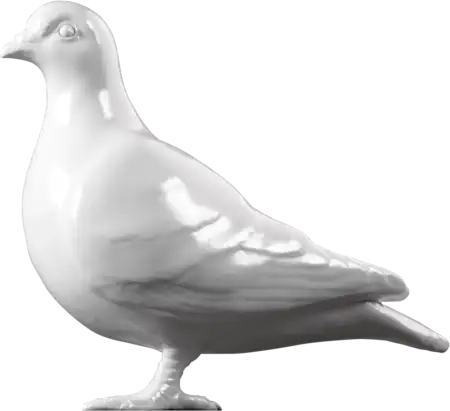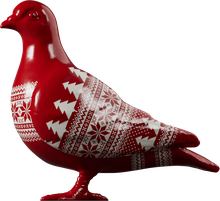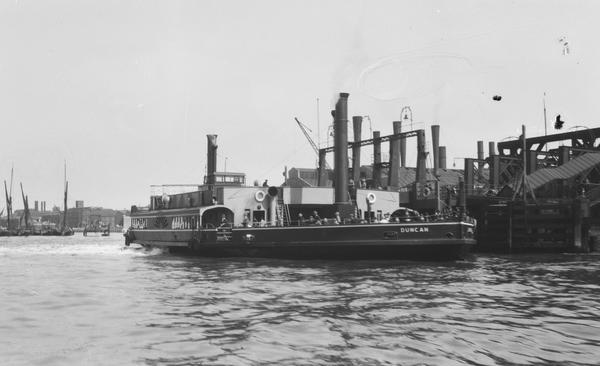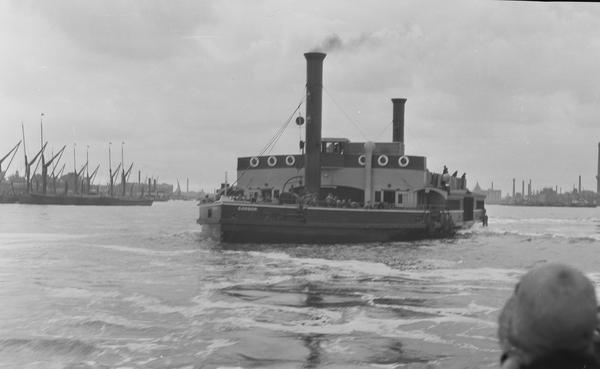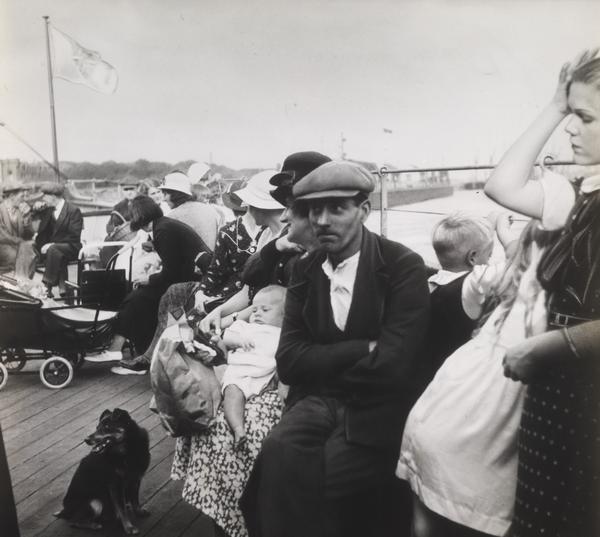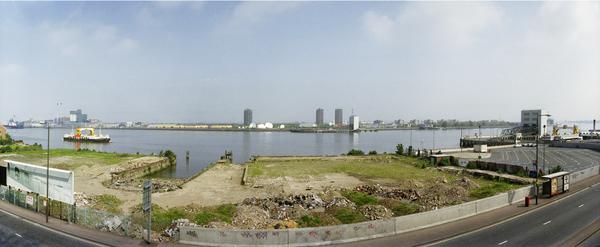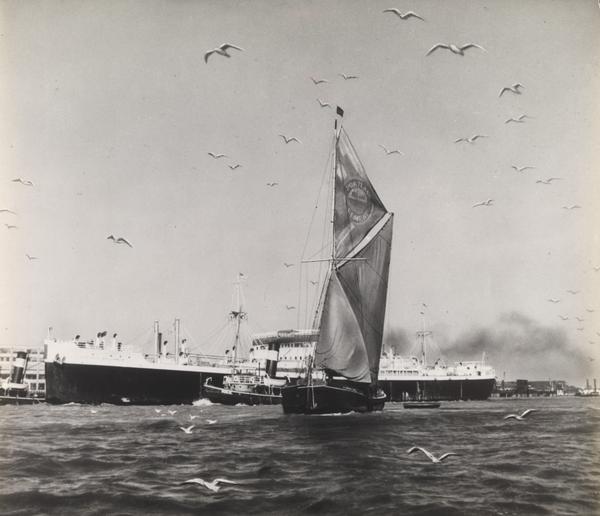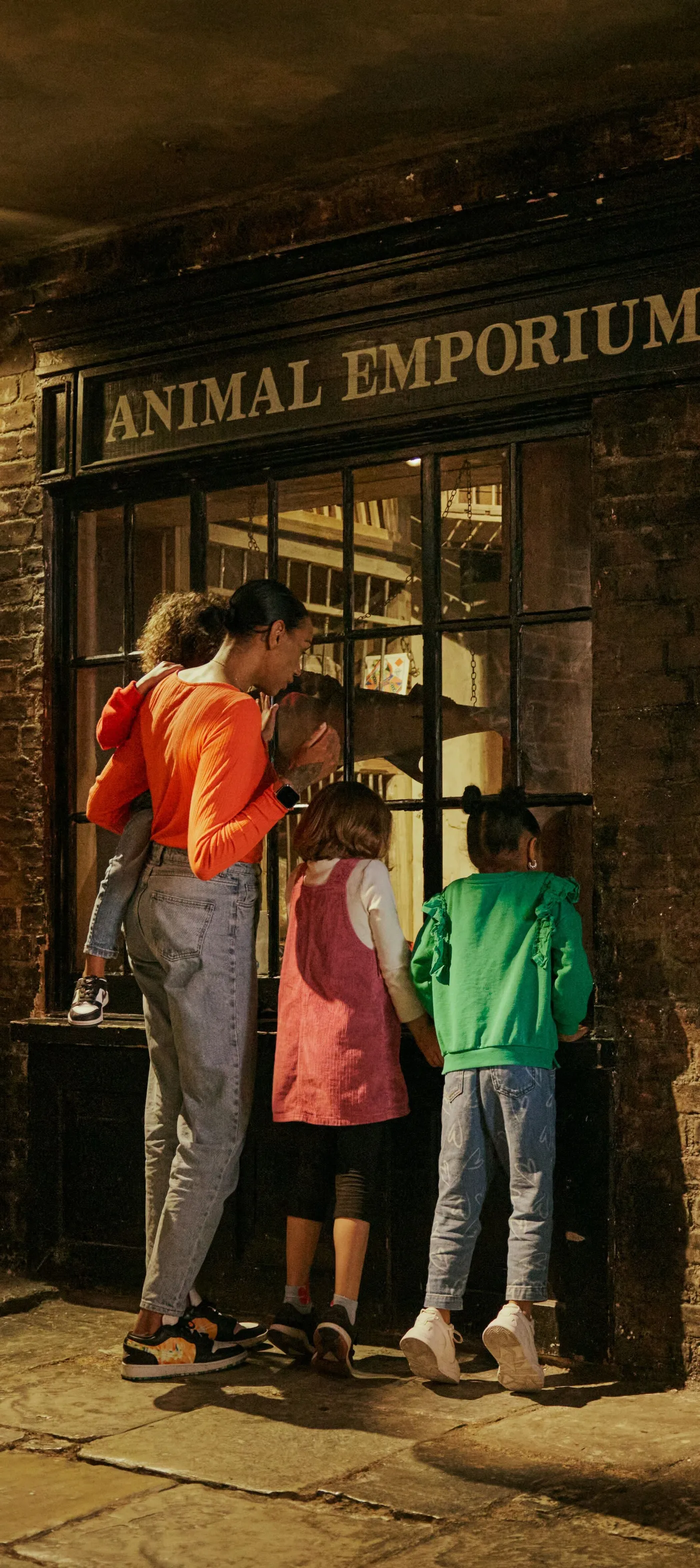Woolwich Ferry
The Woolwich Ferry is a historic free boat service allowing pedestrians, cyclists and motorists to cross the River Thames between Woolwich and North Woolwich in Greenwich.
Woolwich
Since 1308
A Thames crossing that’s centuries old
The Woolwich Ferry service in place today dates back to 1889 – but there’s written evidence of a ferry in the area as early as 1308.
The ferry provided east Londoners with a much-needed crossing over the Thames. In 1889, the closest bridge was London Bridge – around six miles west. Tower Bridge, connecting Tower Hamlets with Southwark, didn’t open until 1894. And the nearby Blackwall Tunnel, which links Tower Hamlets with Greenwich, only opened in 1897.
The Woolwich Ferry’s boats and boarding facilities were modernised in the 1960s as private car use rocketed. Nowadays, it’s used by between one and two million passengers a year.
The Woolwich Ferry is free to board
In 1811, the government passed a law that set up a ferry crossing across the river from Woolwich. But the company that ran it, The Woolwich Ferry Company, went out of business 33 years later and the service stopped operating.
In 1880, a board of 60 local residents persuaded a tier of London government called the Metropolitan Board of Works (MBW) to fund a new, modern ferry service.
Residents argued that it should be free to use the ferry. From 1877, the MBW bought a number of privately owned bridges in west London and got rid of the tolls Londoners had to pay to cross them.
The people of Woolwich pointed out that their taxes funded the MBW, and so their money helped pay for making these west London bridges free to use. They believed they should also be able to cross the river without charge.
The campaign was a success. In 1885, a law was passed that required the ferry to operate at no charge to passengers. Four years later, the Woolwich Ferry was once again welcoming Londoners onboard.
Practical and entertaining
The opening weekend was a big celebration. It saw thousands of people travelling to North Woolwich in the hopes of being among the first on board the paddle steamer named Gordon.
Two more paddle steamers were soon added to the fleet, each designed to carry one thousand foot passengers and up to 20 horse-drawn vehicles. These remained in service until the 1920s, when four new paddle steamers were built to replace them.
The Woolwich Ferry has always served a practical purpose as a river crossing. But for many locals, it also provided hours of free entertainment by giving them a view of the bustling activity on the Thames.

Passengers on board the ferry.
Adapting for the age of the motor vehicle
The number of motor vehicles in the UK doubled during the 1950s. After more than 70 years of paddle steamers, 1963 saw motor boats take over the Woolwich Ferry service. These were designed with cars in mind.
The new boats could carry more weight, with vehicles boarding from the back and exiting from the front. At the same time, the loading bridges at either end were updated to make it much faster for cars to drive on and off.
In 2019, Transport for London completed another Woolwich Ferry upgrade, introducing low-emission boats with more capacity.
While the opening of the second Blackwall Tunnel in 1967 diverted some traffic from the Woolwich Ferry, it still carries over a million passengers annually.
Another 700 years of history?
The problem of how to make it easier for Londoners to cross the Thames has pressed the city’s residents since Roman times. Debate continues today about where new crossings should be added and what form they should take.
In 2012, Transport for London considered whether the Woolwich Ferry should be retired in favour of other solutions. But because the Woolwich Ferry was created by government legislation, it’s required to run for free by law. The government would need to vote to introduce charges or remove the service altogether.
In 2025, east London gained another crossing when the Silvertown tunnel opened, connecting Silvertown and the Greenwich Peninsula. Time will tell how this might affect the Woolwich Ferry.
Connections: Woolwich and North Woolwich
The Woolwich Ferry runs between the North Pier and the South Pier. It carries traffic from Pier Road in North Woolwich, near London City Airport, to the Woolwich Ferry Roundabout in Woolwich.
This makes it a link between London’s North and South Circular Roads. It provides a connection between the Borough of Newham and the Royal Borough of Greenwich.
